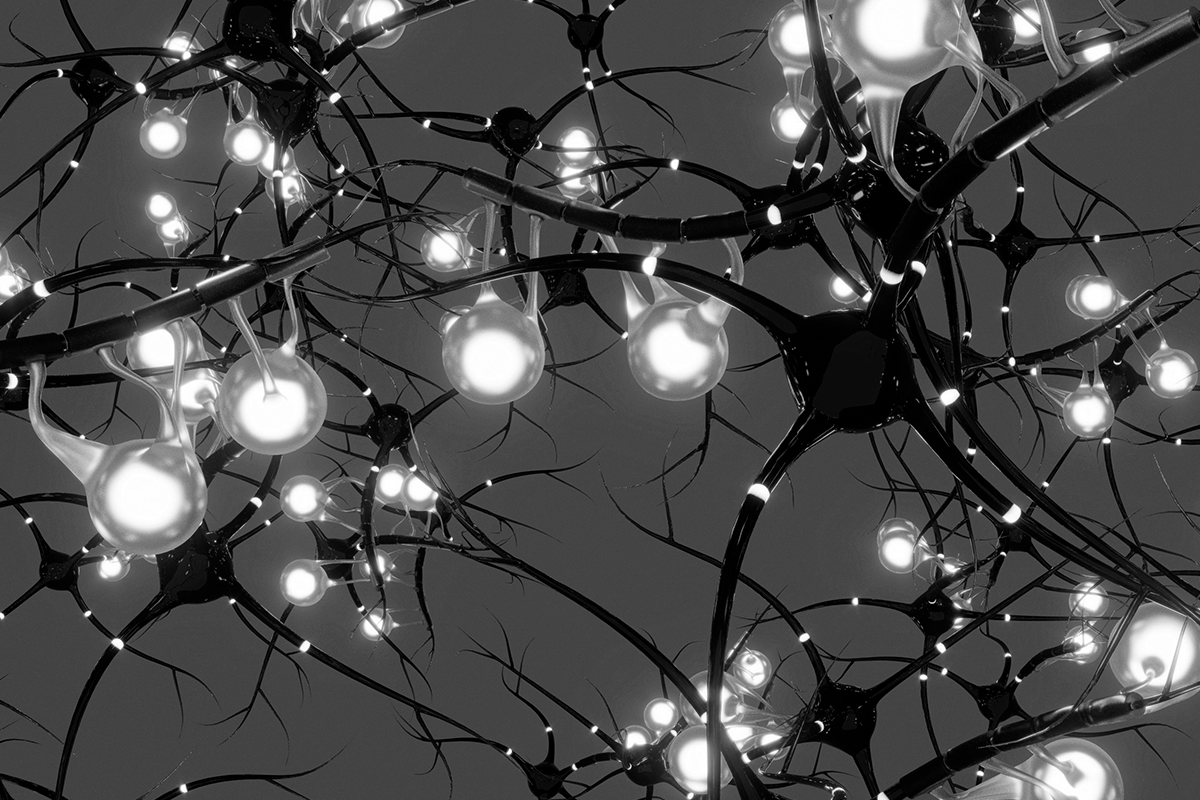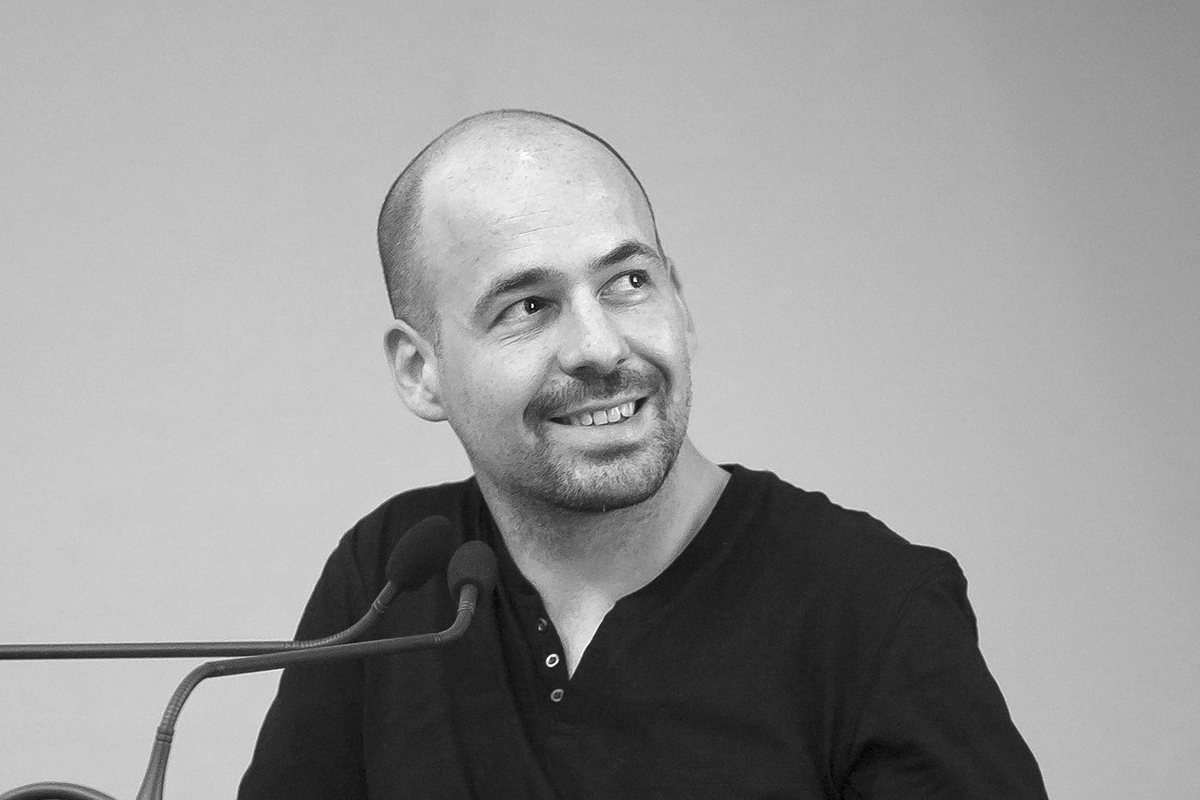Stroke is common, and its consequent brain damage can cause various cognitive impairments. Associations between where and how much brain lesion damage a patient has suffered, and the particular impairments that injury has caused (lesion-symptom associations) offer potentially compelling insights into how the brain implements cognition.A better understanding of those associations can also fill a gap in current stroke medicine by helping us to predict how individual patients might recover from post-stroke impairments.
The Disconnectome Symptom Discoverer model
Most recent work in this area employs machine learning models trained with data from stroke patients whose mid-to-long-term outcomes are known. These machine learning models are tested by predicting new outcomes—typically scores on standardized tests of post-stroke impairment—for patients whose data were not used to train the model.
Traditionally, these validation results have been shared in peer-reviewed publications describing the model and its training.
But recently, and for the first time in this field (as far as researchers know), one of these pre-trained models has been made public—The Disconnectome Symptom Discoverer model (DSD) which draws its predictors from structural disconnection information inferred from stroke patients’ brain MRI.
Testing the DSD model
In this study, the researchers, including Michel Thiébaut de Schotten, member of our Executive Committe, test the DSD model on wholly independent data, never seen by the model authors, before they published it. Specifically, they test whether its predictive performance is just as accurate as (i.e. not significantly worse than) that reported in the original (Washington University) dataset, when predicting new patients’ outcomes at a similar time post-stroke (∼1 year post-stroke) and also in another independent sample tested later (5+ years) post-stroke.
The results suggest that the DSD model generalized out-of-sample to patients not seen by the model’s authors before they released it.
Despite some limitations, the results of this study are positive because the researchers observe that the DSD model to perform roughly as well in the patients in their independent sample as in the model authors’ own data, despite the differences between the two datasets. That this equivalence wanes when predicting the same skills many years after stroke, highlights the need to model changes in language skills over many years post-stroke.
As far as the researchers know, this is the first time that a pre-trained post-stroke prognostic model has been validated in this way, and in this sense, the DSD model represents a definite advance for the field.
Scientific publication
Thomas M H Hope, Douglas Neville, Lia Talozzi, Chris Foulon, Stephanie J Forkel, Michel Thiebaut de Schotten, Cathy J Price, Testing the disconnectome symptom discoverer model on out-of-sample post-stroke language outcomes, Brain, Volume 147, Issue 2, February 2024, Pages e11–e13, https://doi.org/10.1093/brain/awad352
Photo credits: Photo de Bhautik Patel sur Unsplash


